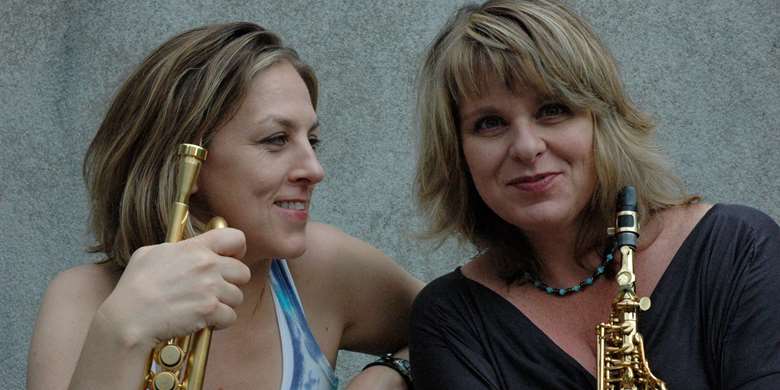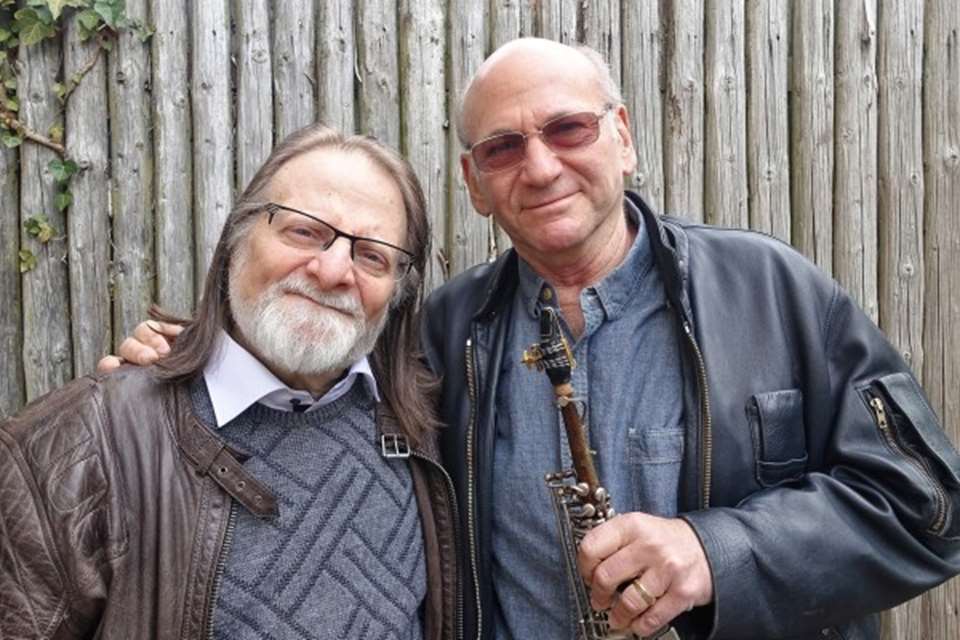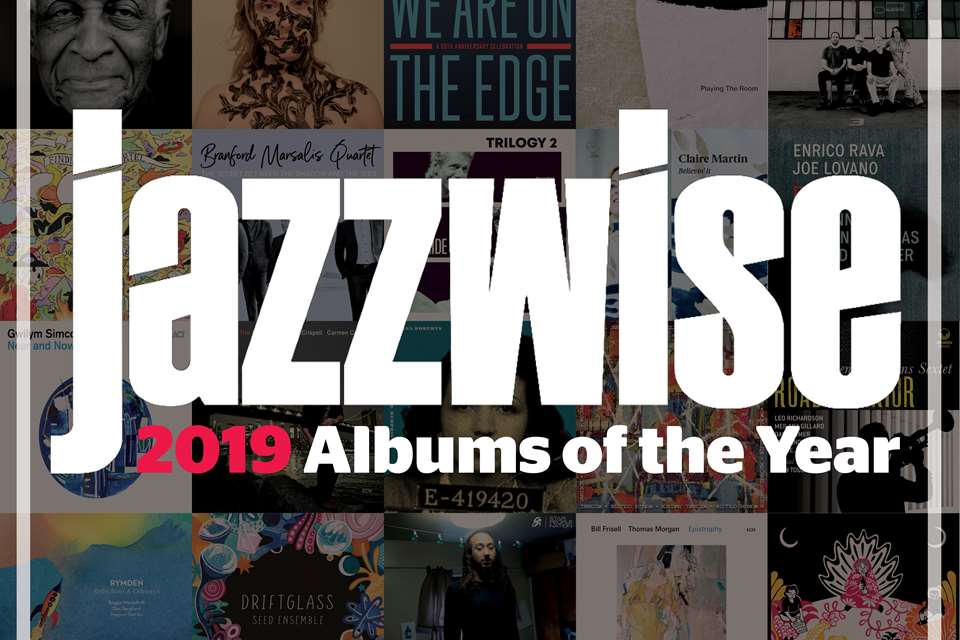Christine and Ingrid Jensen: “There’s no reason to compromise on the level of music just to make up for issues of integrating”
Selwyn Harris
Friday, November 29, 2019
Canadians Ingrid and Christine Jensen are among the most well-known siblings in jazz. Renowned instrumentalists and bandleaders in their own right since the 1990s, they’ve contributed to the bands of Maria Schneider and Darcy James Argue, among others. They speak to Selwyn Harris about their special relationship, musical inspirations and gender equality issues


Register now to continue reading

Thank you for visiting Jazzwise.co.uk. Sign up for a free account today to enjoy the following benefits:
- Free access to 3 subscriber-only articles per month
- Unlimited access to our news, live reviews and artist pages
- Free email newsletter

